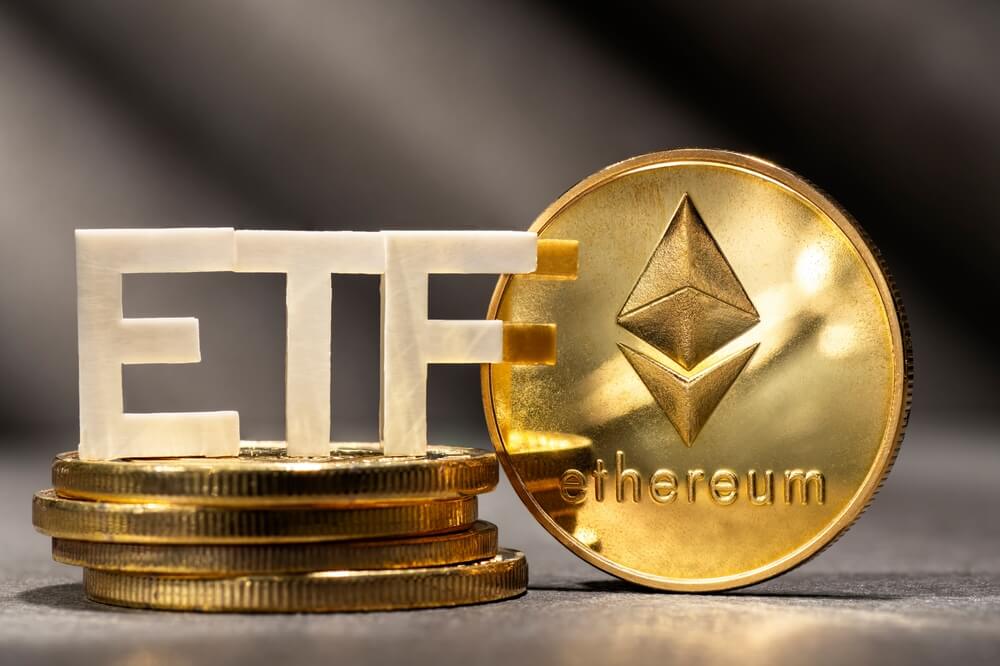Ethereum and other cryptocurrencies are often viewed as valuable investment instruments. However, they are also popular among traders who aim to profit from their price fluctuations. Ethereum, in particular, stands out due to its relatively low volatility compared to other crypto assets, making it appealing to traders. As the second-largest cryptocurrency by market capitalization, Ethereum presents long-term and short-term opportunities for a wide range of market participants.
This article explores the key factors that drive the price of Ethereum (ETH), providing insights into the dynamics that influence its market value. By understanding these drivers, traders and investors can make more informed decisions before engaging in short-term trading strategies.
Basic Information about Ethereum
Ethereum is a decentralized, open-source blockchain renowned for its smart contract functionality. Conceived by programmer Vitalik Buterin in 2013, Ethereum was born out of dissatisfaction with Bitcoin’s limited scope and scalability regarding blockchain technology applications.
Despite the inherent volatility of cryptocurrencies, Ether (ETH) is often regarded as one of the most stable and adaptable coins, thanks to its robust use case. The Ethereum network applies groundbreaking blockchain technology to a versatile software platform, enabling the development and operation of decentralized applications (dApps), such as smart contracts, without intermediaries. Essentially, Ethereum aims to revolutionize currency trading and various aspects of business operations through decentralization.
Ether (ETH), the native token of Ethereum, holds a prestigious position in the cryptocurrency hierarchy, second only to Bitcoin. Ether serves multiple purposes: it is the currency used to purchase decentralized apps running on Ethereum, and it also incentivizes stakers to maintain the Ethereum protocol on their computers.

Factors Affecting Ethereum Price
The price of cryptocurrencies is fundamentally determined by market supply and demand. For Ethereum, several significant factors influence market sentiment and its price.
Bitcoin’s Influence
Bitcoin significantly impacts the value of other cryptocurrencies. Typically, when Bitcoin’s price rises, the value of different cryptocurrencies, including Ethereum, also tends to increase. Conversely, a decrease in Bitcoin’s price usually leads to a drop in the value of other digital assets.
Additionally, the dominance of Bitcoin in the market plays a crucial role. Historically, Bitcoin has been the leading cryptocurrency by market capitalization and active wallet addresses. However, in July 2021, Ethereum surpassed Bitcoin in the number of daily active addresses on its network for the first time. If this trend continues, it could lead to a substantial increase in Ethereum’s price.

Ethereum as a Legacy Coin
The cryptocurrency market offers a variety of assets tailored to different segments. “Legacy” cryptocurrencies like Bitcoin and Ethereum are often favored for long-term investments due to their relatively lower risk than newer, smaller tokens.
Since the COVID-19-induced market crash, Bitcoin and Ethereum have exhibited lower volatility than newer cryptocurrencies. Bitcoin (BTC) and Ethereum (ETH) volatility spiked during the early 2020 COVID crash but has remained relatively stable since spring 2020. In contrast, smaller tokens experienced heightened volatility during the bull cycle and subsequent correction in early-to-mid 2021.
Platform Upgrades
Upgrades to its platform also influence Ethereum’s price. The network has undergone several significant updates since its inception, divided into four main stages: Frontier, Homestead, Metropolis, and Serenity. Serenity, also known as Ethereum 2.0 or Eth2, focuses on enhancing the platform’s efficiency, speed, and scalability.
Ethereum 2.0 aims to address network bottlenecks and increase transaction capacity, which could attract more financial institutions to use Ethereum. The transition to Ethereum 2.0 involves several hard forks, such as the Ethereum London Hard Fork in August 2021, which helped regulate network fees and limit ETH supply. Although some experts caution that the full upgrade could take years, Ethereum 2.0 is expected to impact the network’s value significantly.

Supply and Demand Dynamics
A major change in Ethereum’s supply dynamics occurred in the second half of 2021. Previously, Ethereum’s supply was unlimited, but the Ethereum London Hard Fork introduced a fee-burning mechanism, creating deflationary pressure on ETH. This change is likely to increase the value of ETH tokens over time by limiting their maximum supply.
Institutional Investments and Usage
Institutional interest and usage have also bolstered Ethereum’s price. In April 2021, the European Investment Bank (EIB) announced plans to issue a two-year digital bond on the Ethereum blockchain, setting a new price record for ETH. Furthermore, Visa’s announcement in March 2021 that it had completed its first transactions settled in USD Coin (USDC) on the Ethereum blockchain also contributed to Ethereum’s rising value.
The Ethereum Merge in 2022, which transitioned the network to a Proof-of-Stake consensus mechanism, attracted many ESG-minded investors and marked a significant milestone for the blockchain.
The NFT Boom: How It’s Driving Ethereum’s Value
The surge in non-fungible tokens (NFTs) has also driven up ETH prices. NFTs are unique digital assets, often in the form of art or collectibles, and most NFTs are built on the Ethereum blockchain. The market value of NFTs tripled in 2020, exceeding $250 million, leading to increased trading activity and a subsequent rise in ETH value.

Explosive Growth of DeFi
The explosion of decentralized finance (DeFi) has further expanded the use of the Ethereum network. Many DeFi tokens are built on the Ethereum blockchain, and users pay Ethereum gas fees to execute transactions. DeFi aims to create an accessible alternative to traditional financial systems, primarily through decentralized applications (Dapps) on the Ethereum network, significantly contributing to ETH’s demand and value.
The price of Ethereum is influenced by a combination of Bitcoin’s market dominance, Ethereum’s status as a legacy coin, historical price trends, platform upgrades, supply and demand dynamics, institutional investments, the rise of NFTs, and the growth of DeFi. Understanding these factors can provide valuable insights for traders navigating the Ethereum market.





